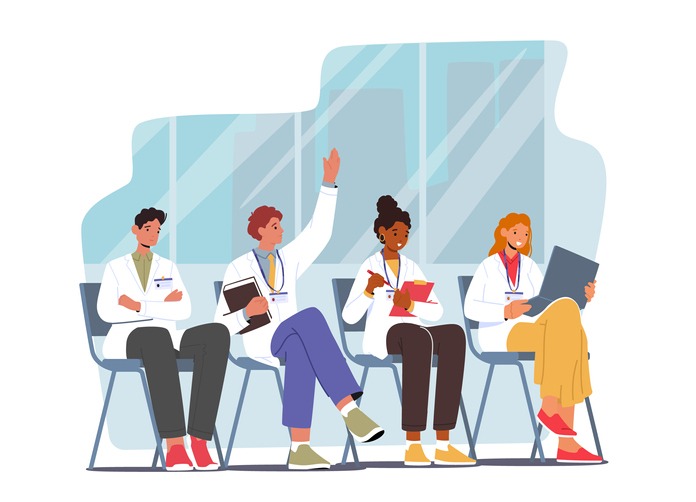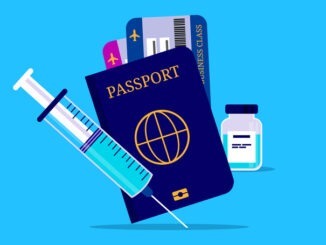
Every practice manager understands the importance of safeguarding – here’s how practices can stay safeguarding compliant with CQC regulations
CREDIT: This is an edited version of an article that originally appeared on Practice Index
In the ever-evolving landscape of healthcare, the role of general practice surgeries has expanded beyond routine medical care. Ensuring the safety and well-being of patients, particularly those who may be vulnerable, has become a paramount concern. Safeguarding compliance has emerged as a critical aspect, embodying a commitment to protect individuals from harm, exploitation, or neglect within the healthcare setting.
Let’s look into essential strategies and practices that empower GPs, practice managers, and other staff to create environments where every patient’s safety is meticulously nurtured. From understanding the multifaceted dimensions of safeguarding to implementing tailored protocols, here are eight essentials that will help practices become and remain compliant.
Safeguarding policy
This needs to clearly set out your process from start to finish. You can use this template and tailor it to reflect your practice. However, you need to make sure it’s filled in with your practice leads and local authority details.
Safeguarding leads
One for children and another for adults. The best practice is to have the leads named and their details displayed on the walls in the reception area and other staff rooms. All of your staff will be asked by CQC inspectors to name the leads, so it’s important that this information is clearly known and understood internally.
Safeguarding incidents
This may seem obvious but ensure you follow your policy and record the entire process. Code any patients as necessary on your clinical records system and notify the CQC through their website form process.
Not all referrals the practice makes to the local authority need to be notified to CQC. Practices are only required to notify the CQC of safeguarding incidents where the allegation of abuse is linked to their provision of care.
Staff training
Adult and Children Safeguarding Training is essential; staff must receive refresher training every three years as a minimum. Over a three-year period, staff at Level 1 should complete a minimum of two hours’ refresher training; for staff at Level 2, this is a minimum of three to four hours; and for staff at Level 3, it’s a minimum of eight hours.
If staff haven’t had training within the last three years, then it’s likely that their training will be viewed as being out of date. During an inspection, all your staff could be asked questions such as:
- What is an example of abuse that would be a safeguarding concern?
- How would you react if you saw a safeguarding concern or form of abuse?
Make sure your staff can answer these questions and talk about any safeguarding incidents in detail. You need to be able to show that you know when staff training will expire or when it will need to be renewed.
- Level 1 – All non-clinical staff (Administrators)
- Level 2 – Non-clinical or clinical staff who have contact with children, young people, parents, carers or vulnerable adults (Managers and Chaperones)
- Level 3 – All clinical staff
MDT meetings
These meetings need to be minuted and then shared across practices with relevant staff members. This can be as simple as an email with the minutes, or it can be discussed at staff meetings. Remember to record the sharing of the information.
Out of Hours
Your OOH service needs to be informed of your policy, protocol and safeguarding contact details so that they can correctly react to any safeguarding concerns. This can be an email, meeting minutes or a risk assessment to demonstrate that you have informed them of the process.
Safeguarding patients register
There should be registers for all areas of safeguarding, covering your entire patient list. The registers need to be continually reviewed and the review needs to be evident to another person looking at it. The registers can contain columns such as Status, Last GP appointment, Immunisation status, and A&E attendance/Recent referrals.
DBS checks
All clinical staff need a DBS check. For non-clinical staff, you need to consider:
- Roles including chaperone duties which may require a DBS check due to the nature of these duties and the level of contact with patients
- Staff who supervise a baby or child while their parent or carer is having an appointment require a DBS check
If you decide that a staff member does not require a DBS check, then you need a risk assessment to record your decision.


Be the first to comment